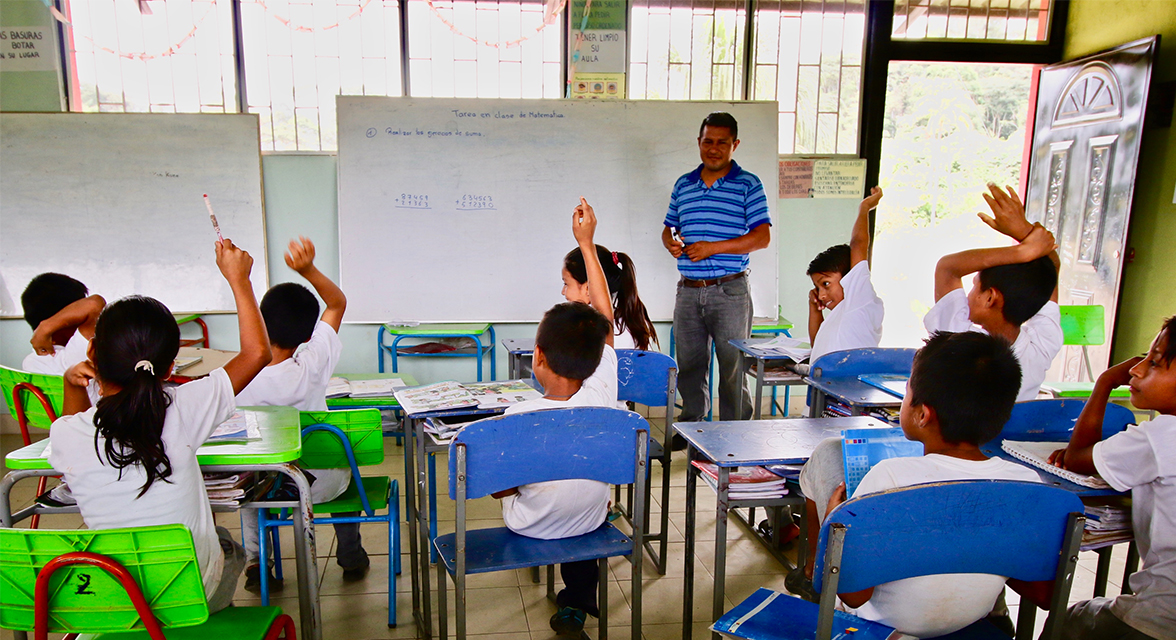madtechventures.com – Ecuador’s educational system has undergone significant reforms and investments aimed at improving access and quality of education. However, despite these efforts, the system continues to face numerous challenges that hinder its effectiveness and impact on societal development.
Challenges Faced by the Educational System
- Violence and Sexual Abuse in Schools: A critical issue within the educational system is the prevalence of violence and sexual abuse. Many schools fail to report these incidents or fully implement required protocols, and judicial institutions do not adequately investigate or prosecute such cases212.
- Bullying: Bullying is another significant problem identified by future teachers, which affects the learning environment and student well-being2.
- Learning Gaps: Substantial learning gaps exist between different regions and ethnic groups, which is a persistent challenge that needs to be addressed to ensure equitable education4.
- Curriculum Adaptation: The educational system struggles with adapting the curriculum to meet the needs of a diverse population, which is crucial for effective learning and societal integration6.
- Language Barriers: A significant barrier is the language difference between teachers, who predominantly teach in Spanish, and many community members who speak Kichwa, an Indigenous language9.
Progress and Reforms
Despite these challenges, Ecuador has made notable progress in its educational system:
- Educational Reforms: Since 2008, Ecuador has implemented fundamental reforms aimed at improving access to education and providing high-quality education for all.
- Mandatory Education: The country has a high enrollment rate of 96% in basic education, indicating a strong commitment to compulsory education.
- Free Education: Public education, including primary and secondary education, is free, which helps reduce financial barriers to education.
- Higher Education: The higher education sector has also seen improvements, with reforms aimed at enhancing the quality of education and aligning it with sustainable development goals.
Conclusion
Ecuador’s educational system is at a crossroads, facing significant challenges that need to be addressed to ensure that all students have access to a quality education. While the country has made strides in improving access and quality, the persistence of issues like violence in schools and learning disparities highlights the need for continued reforms and investments. Addressing these challenges is crucial for the future of Ecuador’s educational system and its role in fostering a more equitable and prosperous society.
